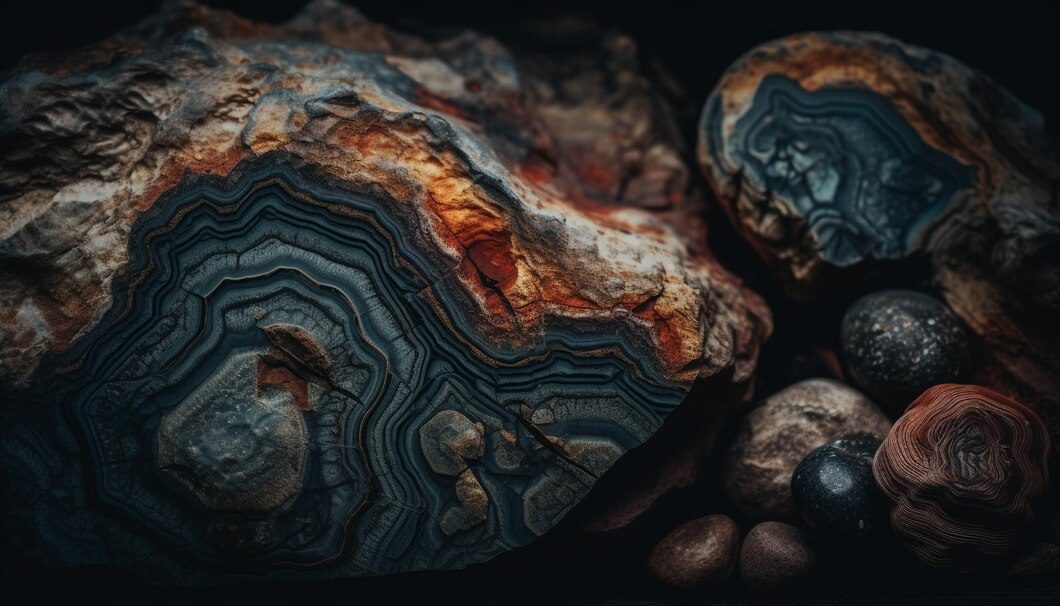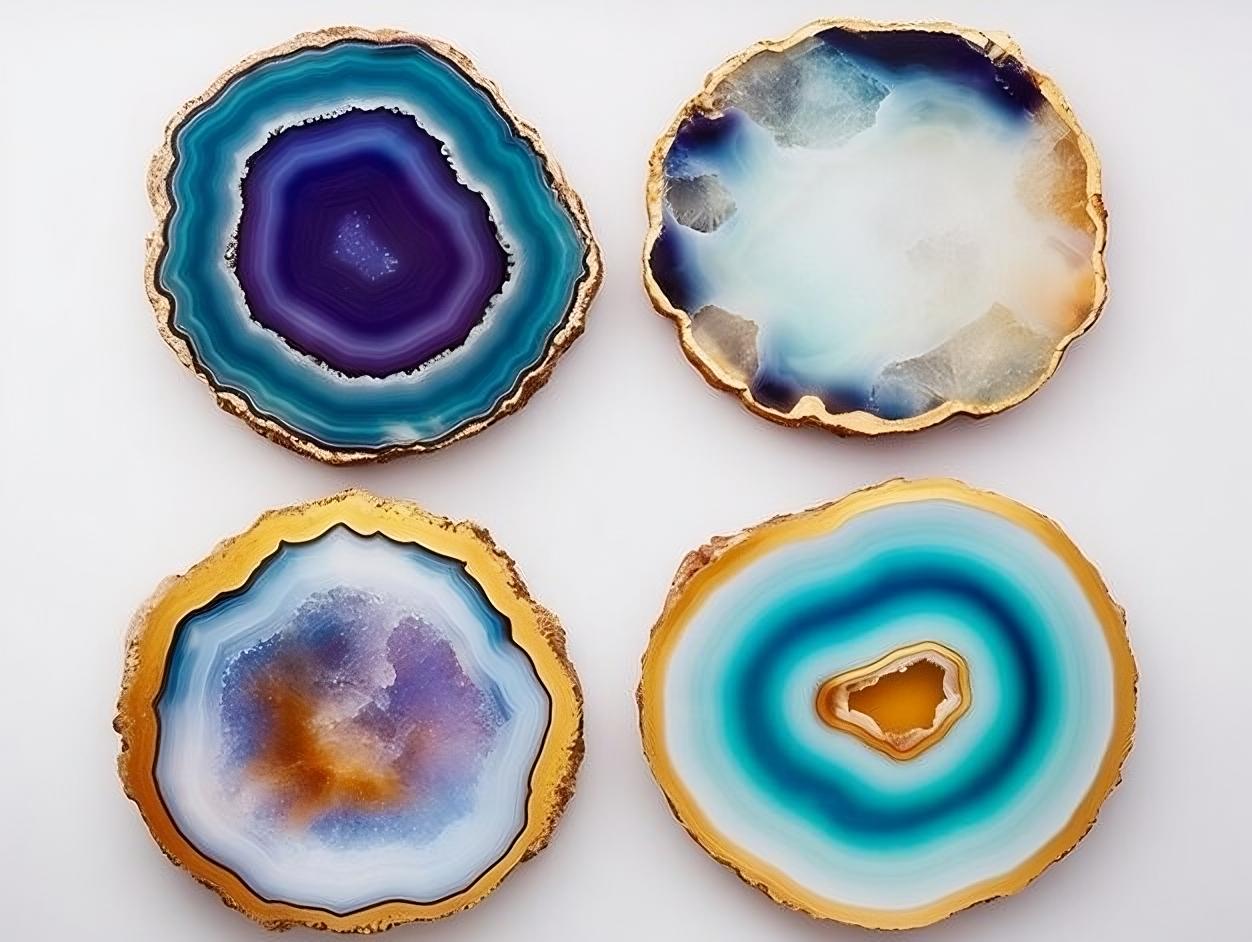
The Vibrant World of Marbles: Exploring the Whys and Hows of Their Diverse Colors
Marbles have captivated our imagination and inspired countless games and artistic creations for centuries. These small, spherical gems come in a wide array of colors, each with its own unique charm and allure. But have you ever wondered why marbles are different in color? In this blog, we will delve into the fascinating world of marbles, exploring the factors that contribute to their diverse colors.
Mineral Composition
One of the primary reasons marbles come in various colors is the mineral composition of the rock from which they are formed. Marbles are metamorphic rocks that are derived from limestone or dolostone, and their colors depend on the impurities and minerals present during their formation.
- White marble: The purest form of marble is white, and it consists of nearly pure calcite. It has a pristine appearance and is highly prized for its elegance and versatility in architectural and artistic applications.
- Gray and black marble: The presence of graphite or various other dark-colored minerals results in gray and black marbles. These marbles often possess unique patterns and veining, making them popular for decorative purposes.
- Green and serpentine marbles: The green color in marbles is usually attributed to the presence of serpentine minerals. These marbles often exhibit a beautiful range of green shades and are particularly popular for sculptures and ornamental work.

Heat and Pressure
The formation of marble involves the transformation of sedimentary limestone or dolostone under immense heat and pressure. The combination of these geological forces leads to recrystallization of the original minerals, resulting in the distinct texture and colors of marble. The depth and duration of these geological processes can influence the final color and patterns of the marble.

Impurities and Inclusions
In addition to the primary mineral composition, the presence of impurities and inclusions can also contribute to the diversity of marble colors. These impurities can introduce various hues, veins, and patterns into the rock. For example, iron oxide impurities can give rise to reddish and brownish tints, while various other elements can introduce shades of blue, green, or even pink into the marble.

Geographical Origin
The geographical source of the marble plays a significant role in its color variations. Different regions around the world yield marbles with distinct colors and qualities. Famous marble varieties like Carrara, Calacatta, and Statuario, from Italy, are celebrated for their white and gray colors. Meanwhile, the green marbles of Greece and the colorful marbles from India are sought after for their unique aesthetics.

Human Intervention
While many marbles obtain their colors naturally, human intervention has also led to the development of artificially colored marbles. Various techniques, including dyeing and epoxy resin treatment, can be used to modify the color and appearance of marbles to suit specific design and architectural requirements.

Marbles, with their diverse colors and captivating patterns, are a testament to the Earth’s geological processes and the artistry of human craftsmanship. Their colors are influenced by the mineral composition, geological forces, impurities, and geographical origin. Each marble variety tells a unique story, and their hues range from the pristine white to the rich, dark shades of black and green. So, the next time you hold a marble in your hand or admire a beautifully sculpted piece, remember that its color is a result of a complex and fascinating interplay of natural forces and human creativity.



